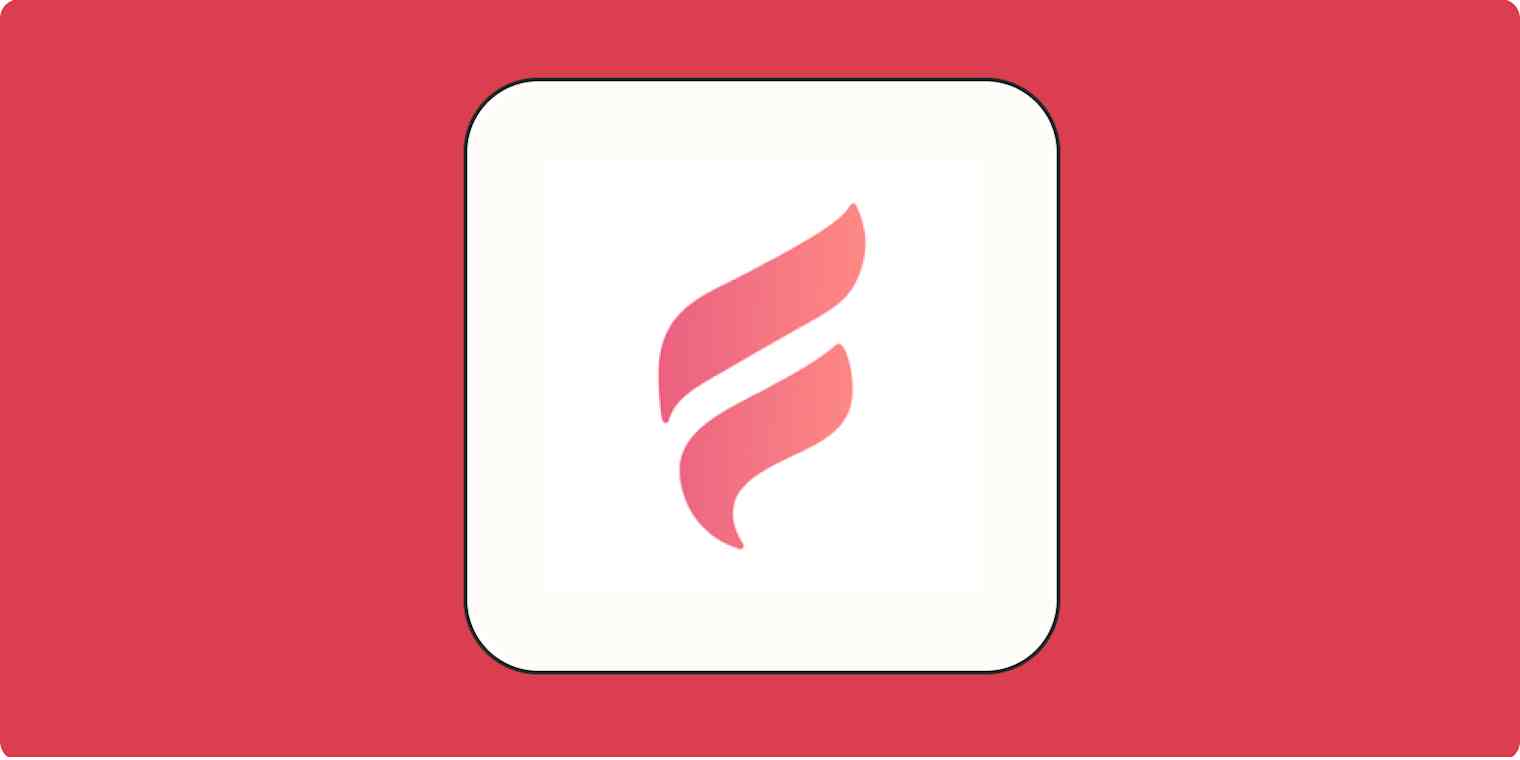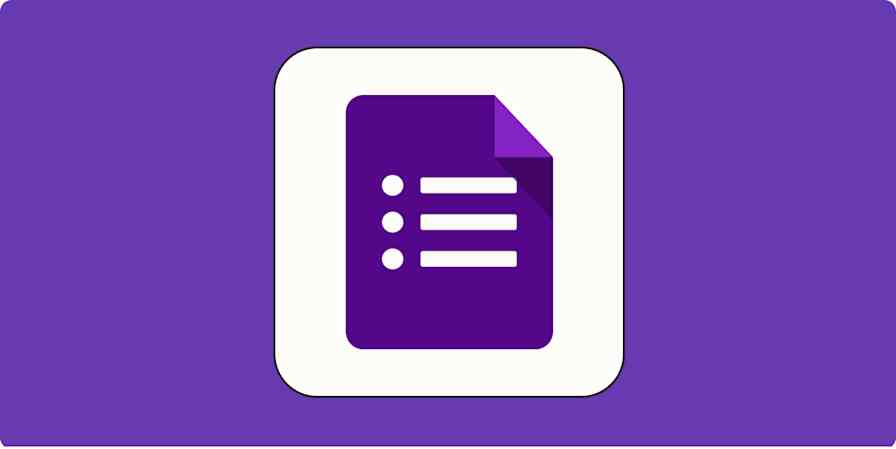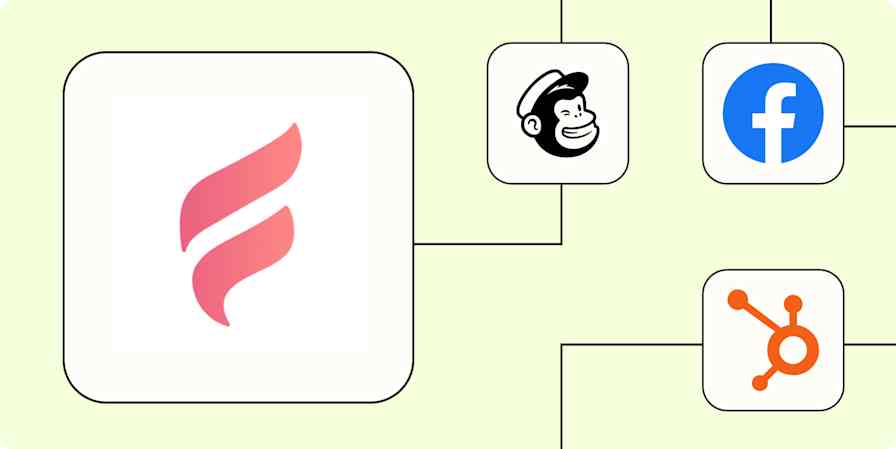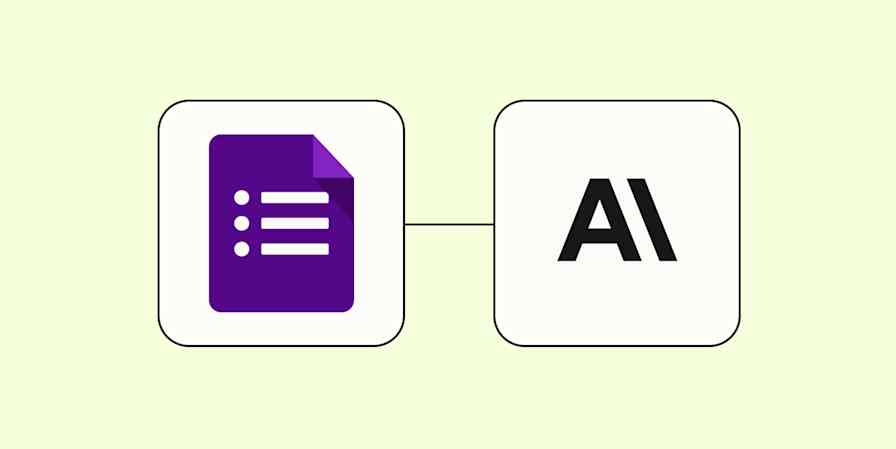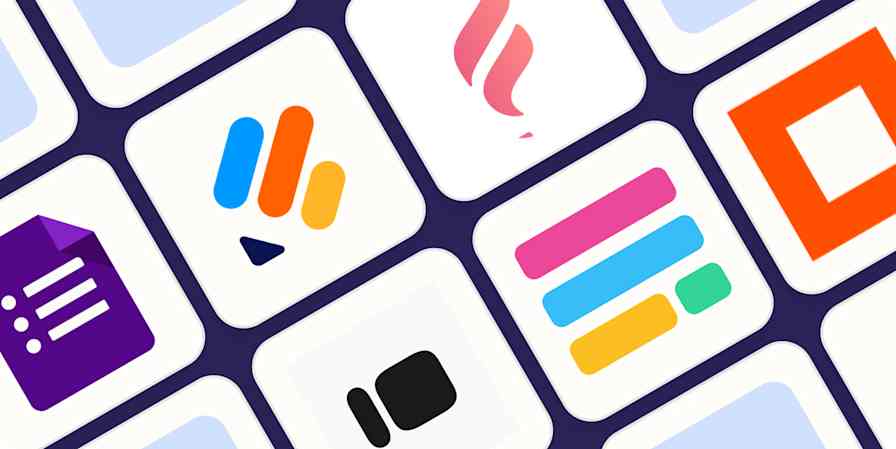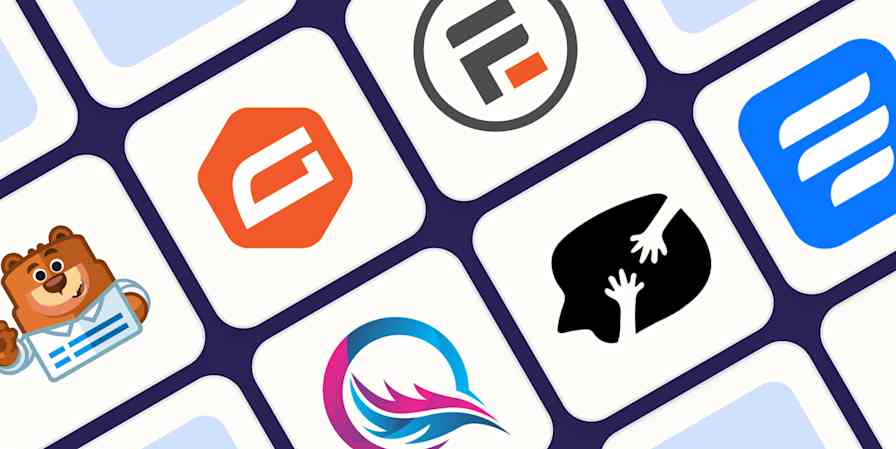There's no shortage of form builders on the market. I've used oodles of them, from Gravity Forms to Ninja Forms to the now-defunct Caldera Forms. The latest form solutions, like Jotform and Typeform (which I compared here), are even more powerful, going beyond basic form functionality to include features like conditional logic, routing, and eCommerce integration.
Among all these options, Feathery, a no-code form tool, differentiates itself by catering to brands and enterprise users. Its ultra-customizable form builder lets you tweak Feathery's forms until they're fully on-brand, with workflows and automation features that help you save time after users click Submit.
To better understand Feathery's no-code form capabilities, I spent time testing it. In this article, I'll walk you through what it looks like to spin up no-code and AI forms using Feathery.
An overview of Feathery's features
At first glance, Feathery has a lot in common with popular tools like Typeform. (It even has a Typeform importing tool.) But while Typeform is an excellent all-around form solution, Feathery is best suited for businesses designing forms as a seamless part of customer-facing products and processes.
A quick look at Feathery's prebuilt templates gives you a sense of its focus:
Mortgage and loan applications
SaaS signup and onboarding forms
Patient registration and medical intake forms
Subscription and donation forms
Insurance quote forms
Job applications
In another nod to Feathery's brand-first focus, you can also copy high-performing forms from other brands with one click. (Want to copy Stripe's onboarding form or Lemonade's insurance intake form? Just use Feathery's prebuilt templates.) Once you've selected a template—or used Feathery's AI form generator—you can beef up your form with conditional logic, automate post-submission workflows, and use Feathery's integrations to connect your form with the rest of your product.
Feathery pricing: Feathery's plans start at $49/month, although to get access to collaborative features—like workflows, routing, and document signatures—you'll need to talk to Feathery's sales team for a custom quote. You can get started with Feathery's Free plan, which offers up to 5 live forms, 1,500 form submissions, and up to 100 emails per month. To explore the product for yourself, sign up for a free Feathery account.
How to use Feathery
In this section, I'll walk you through what it looks like to launch a form using Feathery. As an example, I'll demonstrate how you'd use Feathery to create a B2B SaaS registration and onboarding flow.
1. Get started with prebuilt templates or the AI form builder
After creating an account, Feathery's onboarding screen gives you a few options for getting started: you can select a prebuilt template, generate a form with AI, design your own form, or migrate from Typeform.

The easiest way to get started is using Feathery's templates, assuming one of them is well-suited to your use case. There are 60+ templates tailored to industries like SaaS, financial services, and healthcare.

There are a couple of things that make Feathery's template selection unique.
First, there's a real sense of security when you start with a form designed by a high-profile business. You can use Stripe's or Robinhood's signup forms, LendingTree's loan application, or Lemonade's insurance quote template. Presumably, each of those businesses put a lot of thought into their form's design and flow, so there's no need to reinvent the wheel. (I do think Feathery missed an opportunity to let you copy their own product's signup form).
Second, most of Feathery's templates are multi-step forms, which are more user-friendly than full-page forms. When you duplicate the Stripe signup form, for example, it not only looks like Stripe's but also uses similar multi-step formatting to break questions up. (You can edit and rearrange each step of the form using Feathery's Flow Editor).

If you don't find a template that suits your needs, Feathery's AI form builder is a great alternative. The AI form builder's instructions suggest simple natural language prompts like "I want to collect feedback for my new product launch." While this works well, Feathery's AI is capable of using detailed instructions too—if you know the information you want to capture, you can save time by including more details.

Feathery's AI tool followed my detailed prompt perfectly, creating a five-page signup form covering everything from basic contact details to employee headcount.

Building a form from scratch is more labor-intensive than the options above, but Feathery's user interface is straightforward enough that you don't have to be too technical to figure it out. If you're not getting the output you want from the AI form generator and no templates work for you, then starting with a blank form is a good backup option.

2. Tweak your form design with the easy-to-use editor
You can use Feathery's design tool to tweak nearly any aspect of your form's appearance, which is crucial if you want a form that feels like a seamless extension of your brand experience. Feathery makes it easy to tweak everything from your logo and colors to minor details like margins and padding.

You can spiff up your form with all sorts of elements, from videos to signature fields. There are preset fields for commonly requested data, like social security numbers and addresses; by using these instead of standard text or numerical fields, Feathery ensures that users will input them in the correct format. You can also make users' lives easier with advanced widgets like an interactive slider to quickly select a number (especially useful on mobile devices) and a color selection tool.

3. Add logic and workflows
Feathery's Logic section looks a bit like a visual email automation builder, and it's equally simple to use.

If your form has only one sequence, it'll be as straightforward as the example above. You can also deploy conditional logic to customize the data you gather from users. For example, if a user selects a certain industry, you can alter their journey to collect industry-specific details.
Once your form is designed, Feathery has automation options that can make the experience easier. You can set up form triggers that allow you to manipulate the form based on user inputs—you might want to select the state automatically based on the user's ZIP Code, for example, or autofill business information.

What happens once your form is submitted? The old school approach is to send form entries as an email for someone to take manual action on. But with Feathery, you can build workflows that take care of those next steps automatically. That includes things like scanning user-submitted documents to extract data, automatically screening applications, and routing applications to the right person for signature and approval.
For example, a financial services firm could use Feathery to scan client documents to verify information, route the application for approval, and then—once approved—automate user onboarding and account opening.
The only catch? These features are only available on Feathery's Business plan, which has custom pricing (you'll need to chat with their sales team first about your requirements).
4. Integrate Feathery with other tools
Feathery has powerful native integrations that can make your life easier.
Let's say you're designing a signup form, and the logical next step is for a user to book an onboarding call. Feathery's native Calendly integration allows you to embed a calendar in your Feathery form. Even more impressive, you can boost completion rates by prefilling your Calendly form with user information already collected by Feathery.

There are also native integrations for tools like HubSpot, Stripe, ActiveCampaign, ClickUp, Airtable, Notion, and dozens more. You can use Zapier's Feathery integration to customize those integrations and connect Feathery with thousands of other apps. Learn more about how to automate Feathery, or get started with one of the premade workflows below.
Add new Feathery form responses to Google Sheets rows
Post to Webhooks by Zapier with new form completions in Feathery
Add rows to Microsoft Excel each time new forms are completed in Feathery
Zapier is the most connected AI orchestration platform—integrating with thousands of apps from partners like Google, Salesforce, and Microsoft. Use interfaces, data tables, and logic to build secure, automated, AI-powered systems for your business-critical workflows across your organization's technology stack. Learn more.
Build your forms with Feathery
Designing a customer-facing form that looks like the rest of your product—and integrates with it seamlessly—is no small task. If that's your goal, Feathery is worth a look. Whether you're launching a software product or running a financial services firm, Feathery has templates, workflows, and integrations to make your life easier.
Related reading:
